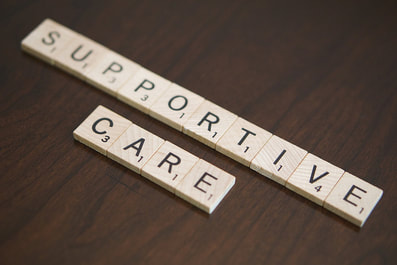
There’s much you can do to show support from afar, and you can still make a difference in helping friends and loved ones deal with illness and loss. What you choose to do depends on your willingness to be involved and the needs or desires of your loved one.
Here are some ideas of what’s worked for others:
1. Take your cues on telephone calls as they might disturb both privacy and routines. Ask, “Is it okay if I call on Sunday? What would be a good time?” And then make sure you do call so they’re not waiting and disappointed.
2. If it’s okay to call, you might choose a day of the week and a specific time, checking in weekly to let them know they are in your thoughts.
3. If they prefer you not call, use email or text messages as a way to communicate. It’s not intrusive and it allows the recipient to read and respond at their leisure. And it also lets them know they’re not forgotten.
4. Ask if there’s something specific you can do to help; you can conduct online research or ask for a contact list so you can call others with updates.
5. Mail a package of goodies every other week or once a month. You can get a small, flat rate box from the postal service and fill it with homemade or store bought cookies or treats.
6. Ask if there is a favorite take-out food outlet or use an app to locate nearby restaurants that deliver. Buy a gift card for a dinner; its one less night they have to worry about a meal.
7. There are a. multitude of web-based businesses that ship every conceivable type of food or meals. You can order a dinner or brunch, gift baskets, breads, fruits, and pretty much anything else you can imagine.
8. Many websites offer online gift cards that they will send by email, allowing your recipient to select items themselves they would enjoy or would be helpful.
You are only limited by your imagination. The effort you make will mean so much to someone feeling so alone. And you’ll feel good in the process.
Robbie Miller Kaplan is an author who writes from a unique perspective as a mother who has lost two children. She has written How to Say It When You Don't Know What to Say, a guide to help readers communicate effectively when those they care about experience loss, now available as e-books for "Illness & Death," "Suicide," "Miscarriage," "Death of a Child," "Death of a Stillborn or Newborn Baby," "Pet Loss," "Caregiver Responsibilities," "Divorce" and "Job Loss." All titles are in Amazon's Kindle Store
 RSS Feed
RSS Feed
